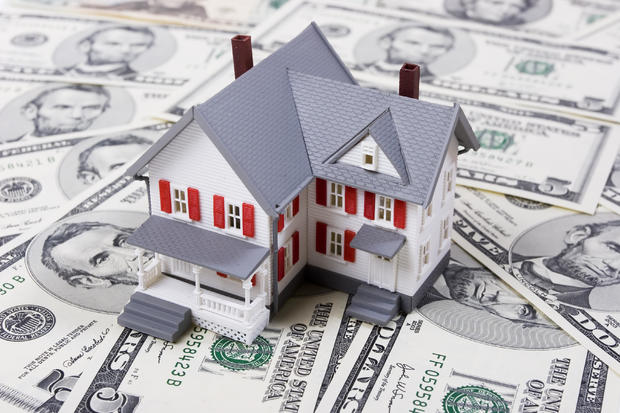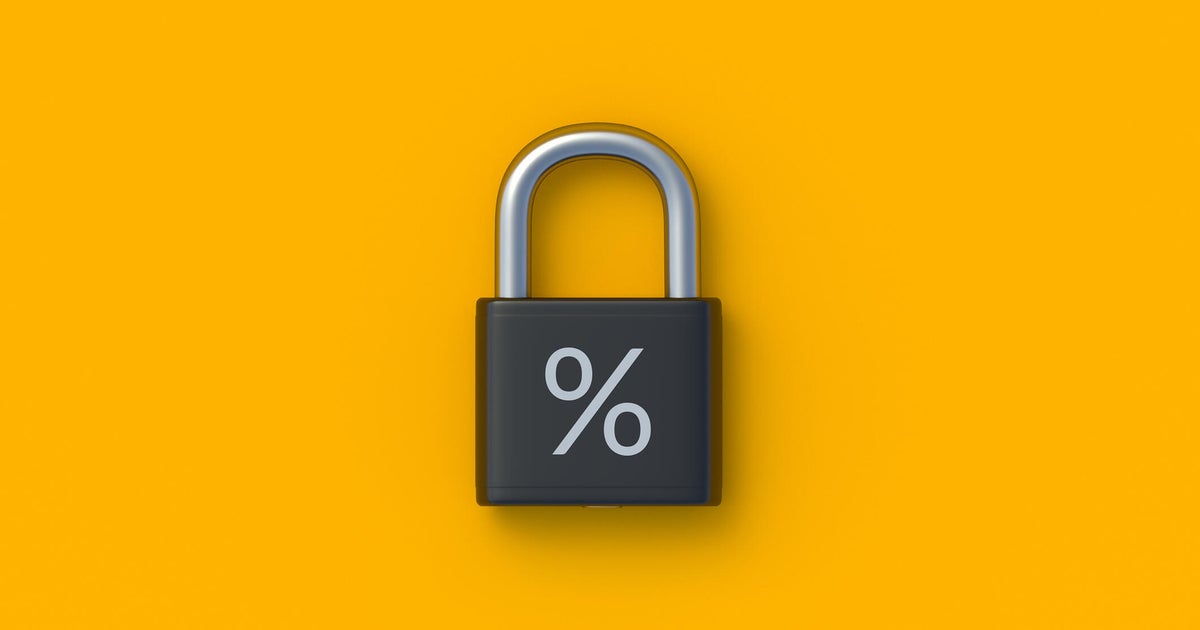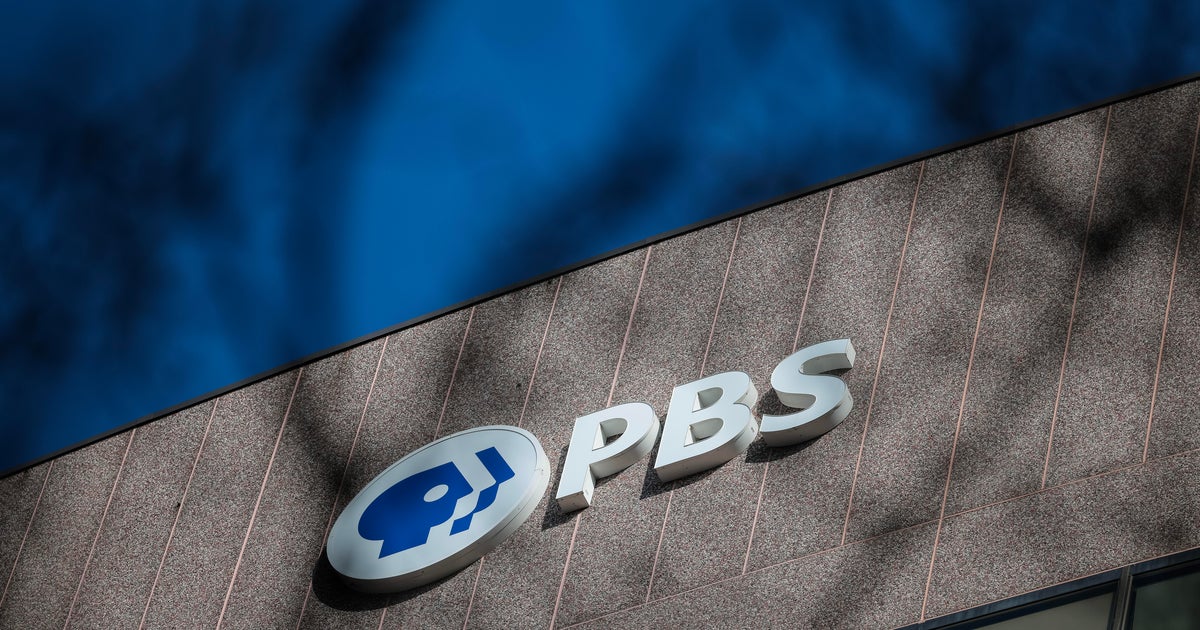3 home equity moves to make before the June Fed meeting (and 2 to avoid)
The Federal Reserve's next meeting - and their announcement on the future of interest rates - is just days away. Set for June 11 and June 12, the Fed uses these meetings as a venue to discuss monetary policy, the state of the economy and adjustments it believes need to be made in order to help the economy thrive.
That means the federal funds rate could change next week. And because that's what many financial institutions base their rates on, it could mean changes for borrowers. So, if you've thought about tapping into your home equity, there are a few moves you should make before the June Fed meeting. Find those moves below.
Compare today's leading home equity borrowing options now.
3 home equity moves to make before the June Fed meeting (and 2 to avoid)
With the June Fed meeting fast approaching there are a few wise moves you can make with your home equity - and some mistakes to avoid:
Lock in your rate now
The federal funds rate, the benchmark that typically forms the basis for consumer interest rates, is at the center of Fed meeting discussions. That's because increases to this rate are the Fed's most effective way to dampen inflation. And, since inflation is still well above the Fed's 2% target, there's a possibility that it could increase the federal funds rate at its next meeting.
Of course, if the Fed increases its rate, home equity rates could rise. So, if you're thinking about tapping into your equity, it's a wise idea to lock in your rate with a home equity loan now, before the cost potentially rises.
Lock in your home equity loan rate before it's too late.
Use your equity to pay off debt
If you have high interest revolving debt, now may be a good time to think about using your home equity to pay it off. With the federal funds rate already sitting at a 23-year high, you may have realized higher minimum payments than you're used to paying. And, if the Fed raises rates again during its June meeting, payments on revolving debt may rise further.
But, you don't have to let that happen. You could use your home equity to pay off your high interest revolving debts now - before the Fed meeting.
Limit your borrowing to what you need
The average American homeowner has about $206,000 in tappable equity, according to the May ICE Mortgage Monitor report. But, that doesn't mean you should tap into all the equity available to you. Instead, limit your borrowing to what you need.
"Leveraging too much of one's home equity can create issues down the road such as poor debt to income or debt to equity ratios," explains Dan Simon, CLU, retirement planning advisor at the financial planning firm, Daniel A. White & Associates. And, that can make it difficult to borrow money at reasonable rates in the future.
But, that's not the most important reason to limit your home equity borrowing. "The biggest cause for concern is that if a homeowner overextends themselves by borrowing against their equity, and defaults," they could end up losing their home, says Simon. "Like most things in life, leveraging the equity in one's home should be used in moderation with the intention of paying off debt."
As inflation persists and the cost of living rises, you need to keep your controllable expenses to a minimum. And, tapping into more equity than you need can lead to a higher home equity borrowing expense than you want.
2 home equity moves to avoid
While there are a few smart home equity moves you should make before the June Fed meeting, there are a couple of moves that may prove to be a mistake:
Opening a HELOC
Home equity lines of credit (HELOCs) are variable-rate credit lines that are backed by your home. And, opening one ahead of the June Fed meeting could be a mistake.
"Interest rates on lines of credit are variable and can increase at any time," explains Saundra Curry, co-founder and CEO of the financial education company, BC Holdings of TN. So if the Fed may increase its federal funds rate, HELOC rates may rise.
But, that's not the only reason a HELOC may be a bad idea. "If you borrow more than 30% of the credit line, it can lower your credit score," says Curry. And, "the credit line can impact your debt-to-income for the long-term even if you have a zero balance."
Not shopping around for lenders
Sure, most lenders will offer approximate rates as one another. But approximate isn't identical and every percentage point - or quarter of a percentage point - you can save will add up over time, particularly when borrowing tens of thousands of dollars. So be sure to shop around for lenders to find the best rates and terms for your situation. It may lead to significant savings.
Tap into the equity you need today.
The bottom line
Your home equity could put the money you need at your fingertips. But, you need to make wise moves when you tap into it. And, with the Fed meeting happening next week, you may want to lock in your rate now, use your equity to pay off high interest revolving debts and limit your borrowing. Also, avoid a HELOC as your payments may rise if you choose this option. Compare leading home equity loans now.






